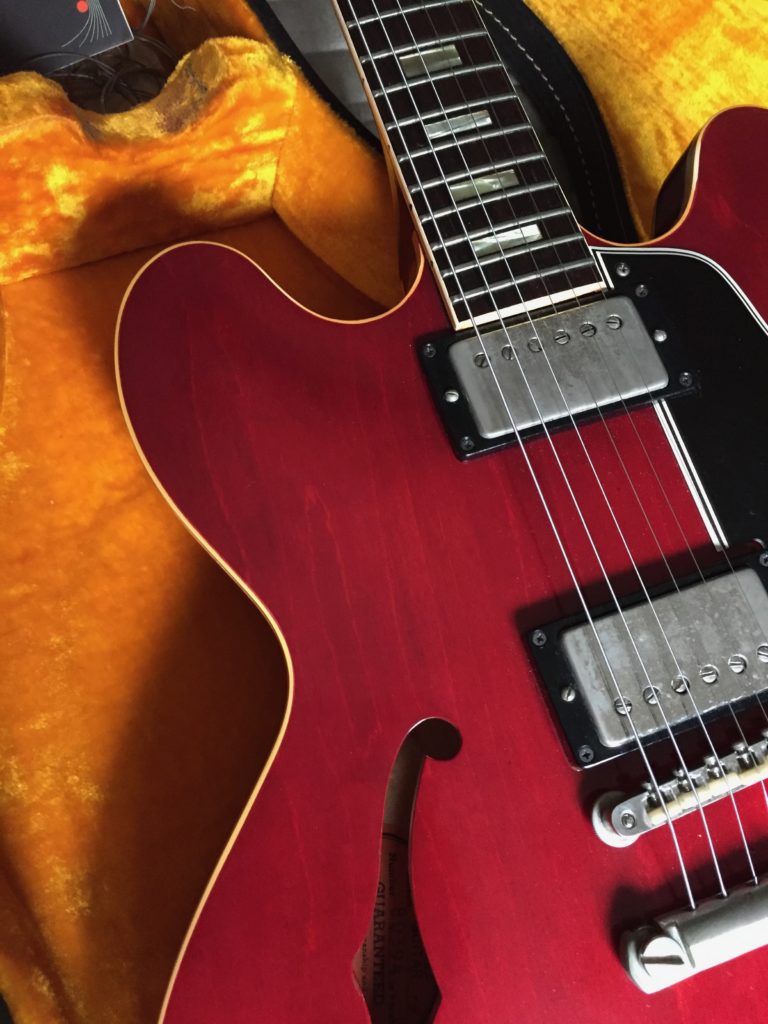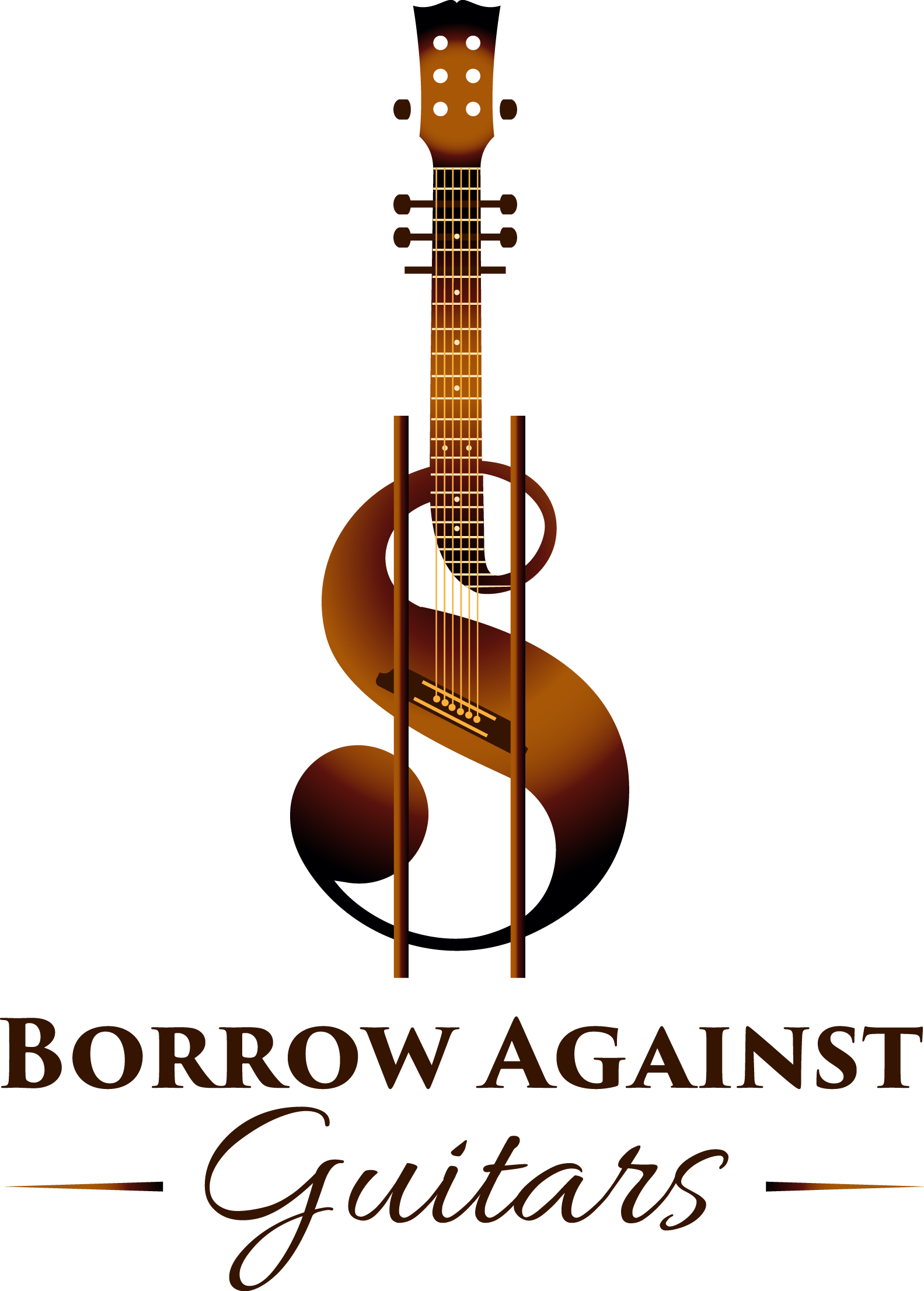Welcome back to our 5 part series on Michael Spalt and Spalt Guitars. Yes 5…I can’t cover the topics in just 3 as promised earlier. Today we’ll talk about the engineering and pickups Michael selects for his spectacular guitar creations. Voicing, matching woods with electronics and a deep understanding on what works best, Michael Spalt delivers some of the most delicious sounding guitars ever made. Art is the love…sound, voicing and feel are the essentials!

Here’s what Michael has to say about SOUND:
Michael, your experience and engineering expertise is duly noted with each pickup and what is selected for each guitar…how do you integrate both function and design so perfectly?
MS Reply: “It depends on the project. Sometimes I work from a concept which includes the pickups I’m going to use and sometimes the project evolves on its own until the right choice becomes evident. There are some basic parameters, the construction and the materials that favor one option or the other, but in the end it is an individual decision – as much visually as sound wise – one of the reasons I make the BoneTops in many different colors. I’ve always looked to integrate the functional elements into the overall design of the piece. Every step taken should move towards a completion of the whole.”
“It depends on the project. Sometimes I work from a concept which includes the pickups I’m going to use and sometimes the project evolves on its own until the right choice becomes evident. There are some basic parameters, the construction and the materials that favor one option or the other, but in the end it is an individual decision – as much visually as sound wise – one of the reasons I make the BoneTops in many different colors. I’ve always looked to integrate the functional elements into the overall design of the piece. Every step taken should move towards a completion of the whole.”
Michael, P-90’s…being the original humbucker style pickup back in time… have had an influence in many of your pieces. Have you used PAF or Patent # style humbuckers in any of your work?
MS Reply:
 “Playing guitar as teenager and later, the familiar pickups were humbuckers and Strat single coils, with a few Tele’s thrown in the mix. Back in the 70’s I guess P-90’s and Mini humbuckers were looked down on and not that common. When I started making guitars in the 90’s I decided to try other pickups also and loved the sound, the immediacy and dynamics of the P-90’s. At that time old ones could be found between $20-$40, so I bought a lot of those. I also was always on the lookout for other ‘weird’ pickups like Gold Foils, and others. Tried anything I could get my hands on. The idea of wanting to copy a specific sound – like the ‘ultimate PAF tone’ – really wasn’t that interesting to me. I guess it comes from having listened and loved a lot of various musical styles and genres, so the goal of a specific ‘tone’ to be achieved by copying the sound of some musician never occurred to me. And – I’ve heard good PAF’s and some that are, well, meh… I’ve heard no-name pickups that blow you away.”
“Playing guitar as teenager and later, the familiar pickups were humbuckers and Strat single coils, with a few Tele’s thrown in the mix. Back in the 70’s I guess P-90’s and Mini humbuckers were looked down on and not that common. When I started making guitars in the 90’s I decided to try other pickups also and loved the sound, the immediacy and dynamics of the P-90’s. At that time old ones could be found between $20-$40, so I bought a lot of those. I also was always on the lookout for other ‘weird’ pickups like Gold Foils, and others. Tried anything I could get my hands on. The idea of wanting to copy a specific sound – like the ‘ultimate PAF tone’ – really wasn’t that interesting to me. I guess it comes from having listened and loved a lot of various musical styles and genres, so the goal of a specific ‘tone’ to be achieved by copying the sound of some musician never occurred to me. And – I’ve heard good PAF’s and some that are, well, meh… I’ve heard no-name pickups that blow you away.”
By now you might guess I don’t subscribe to the whole vintage-über-alles mentality – there’s a whole universe beyond that, musically and sound wise. Exploring that is what excites me. Don’t get me wrong, I love a good vintage amp or guitar as much as anyone, but there’s so much more out there….

 One thing about the guitar that sets it apart from all other musical instruments is its capacity to take on any shape, from a simple board with a few strings to the most elaborate arch-top and still be a perfectly valid instrument for the music it is meant to make. It is the ultimate democratic instrument – a few chords and a simple melody, a classical fugue, metal mayhem, or staggering technical expertise – there’s space for all of it within the bounds of this instrument. There is really no Stradivarius of the guitar, no one perfect guitar – that’s why it is so hard to own just one guitar.. 😉 ”
One thing about the guitar that sets it apart from all other musical instruments is its capacity to take on any shape, from a simple board with a few strings to the most elaborate arch-top and still be a perfectly valid instrument for the music it is meant to make. It is the ultimate democratic instrument – a few chords and a simple melody, a classical fugue, metal mayhem, or staggering technical expertise – there’s space for all of it within the bounds of this instrument. There is really no Stradivarius of the guitar, no one perfect guitar – that’s why it is so hard to own just one guitar.. 😉 ”
We’ve seen single coils in a few of the guitars you create…tell us more about these and how you decide if that is the your direction vs. other pickups.
MS Reply:
 “Well, P-90’s are single coils, and by now I think the majority of pickups I’ve installed in my instruments are my line of BoneTops, based on the P-90 architecture. So most of my guitars sport single coils. I have also used a lot of Tele-style pickups – mostly Lindy Fralin-based BoneTops. For the guitars I make on a custom order basis the customer usually tells me what direction he wants to go in or sometimes also what specific maker or type of pickup they want.
“Well, P-90’s are single coils, and by now I think the majority of pickups I’ve installed in my instruments are my line of BoneTops, based on the P-90 architecture. So most of my guitars sport single coils. I have also used a lot of Tele-style pickups – mostly Lindy Fralin-based BoneTops. For the guitars I make on a custom order basis the customer usually tells me what direction he wants to go in or sometimes also what specific maker or type of pickup they want.
One thing I do a lot is to add a parallel/series option to the guitars fitted with single coil combinations, either the 2 P-90 or the p-90/Tele combination. That creates a sort of huge humbucker in the middle position of the switch, adding volume and amplifying the mids for a powerful overdrive tone.
Another pickup I like is the Charlie Christian by Lollar – I’ve used a few old lapsteel pickups and found them extremely musical – the CC has that quality also. Jason makes some wonderful pickups. I also use his lapsteel and gold foil models. I am not such a great fan of Strat pickups – they are narrower in their scope, more specific. They don’t seem to do that well outside of the conventional Strat platform.
 People may think that the sound of an electric guitar is determined primarily by the pickups, but that is not true. A pickup can only translate what it is being provided by the instrument – maybe a bit like a language. As you translate the language, the words are there, but the accent may be quite different – have someone from Texas read Shakespeare… or someone from Oxford. Strat vs. humbucker… Adding lows to a bright guitar by fitting different pickups does not really work. They will compress the frequency range and dampen the brilliance, but can’t add low end. Ideally a good pickup will translate the whole dynamic spectrum inherent in the guitar. Those are determined by the type of construction the woods used, along with hardware and all the other myriad elements that make up the final tonal footprint. The pickup should accurately represent those and amplify desired characteristics through its voicing.”
People may think that the sound of an electric guitar is determined primarily by the pickups, but that is not true. A pickup can only translate what it is being provided by the instrument – maybe a bit like a language. As you translate the language, the words are there, but the accent may be quite different – have someone from Texas read Shakespeare… or someone from Oxford. Strat vs. humbucker… Adding lows to a bright guitar by fitting different pickups does not really work. They will compress the frequency range and dampen the brilliance, but can’t add low end. Ideally a good pickup will translate the whole dynamic spectrum inherent in the guitar. Those are determined by the type of construction the woods used, along with hardware and all the other myriad elements that make up the final tonal footprint. The pickup should accurately represent those and amplify desired characteristics through its voicing.”
 In our NEXT edition we will talk about the woods Michael chooses; where they come from, what tone qualities they add and what finishes best suit them. As well, we’ll talk about headstock designs and how they add to the overall sound of a guitar.
In our NEXT edition we will talk about the woods Michael chooses; where they come from, what tone qualities they add and what finishes best suit them. As well, we’ll talk about headstock designs and how they add to the overall sound of a guitar.
Following that we will dig deeper into the inspiration and creative side of Michael Spalt, art not just for art’s sake…pardon the 10CC reference.
To wrap this 5 part series up, I would like to finish with the absolute MOST important story of all: TANIA SPALT. Behind every creative genius is the true source of inspiration. Tania and Michael both created and remain dedicated to craft of building musical masterpieces. You can ‘feel’ their love in all things Spalt Guitars.
THANK YOU FOR TUNING IN !






